Key Takeaways
Maintaining outdoor metal sculptures in mountain environments requires strategic material selection and protective treatments. Key considerations include:
| Technique | Primary Benefit | Durability |
|---|---|---|
| Wax Sealing | Creates moisture barrier | 2-3 years |
| Powder Coating | UV/chemical resistance | 8-10 years |
| Galvanization | Electrochemical protection | 15-20 years |
“Preserving artistic intent while fighting corrosion demands hybrid solutions—like combining wax layers with industrial-grade sealants.”
– Lara Mendez, Conservation Specialist
For high-altitude installations, temperature fluctuations accelerate oxidation. Wax-based treatments excel in filling micro-cracks, while epoxy primers prevent salt corrosion—a common issue in mountainous regions. Fiberglass sculpture alternatives, though lightweight, lack the structural integrity needed for wind-prone areas, making treated metals preferable.
Tip: Reapply biodegradable wax annually before monsoon seasons to counteract acidic rainfall. Pair with sacrificial anodes on steel sculptures for localized rust diversion.
Climate-specific challenges like freeze-thaw cycles necessitate multilayer protection:
- Base layer: Zinc-rich primer
- Intermediate layer: Polyurethane enamel
- Top layer: Beeswax blend
This approach balances minimal visual impact with 92% corrosion reduction, as shown in a 2023 Appalachian Trail art preservation study.
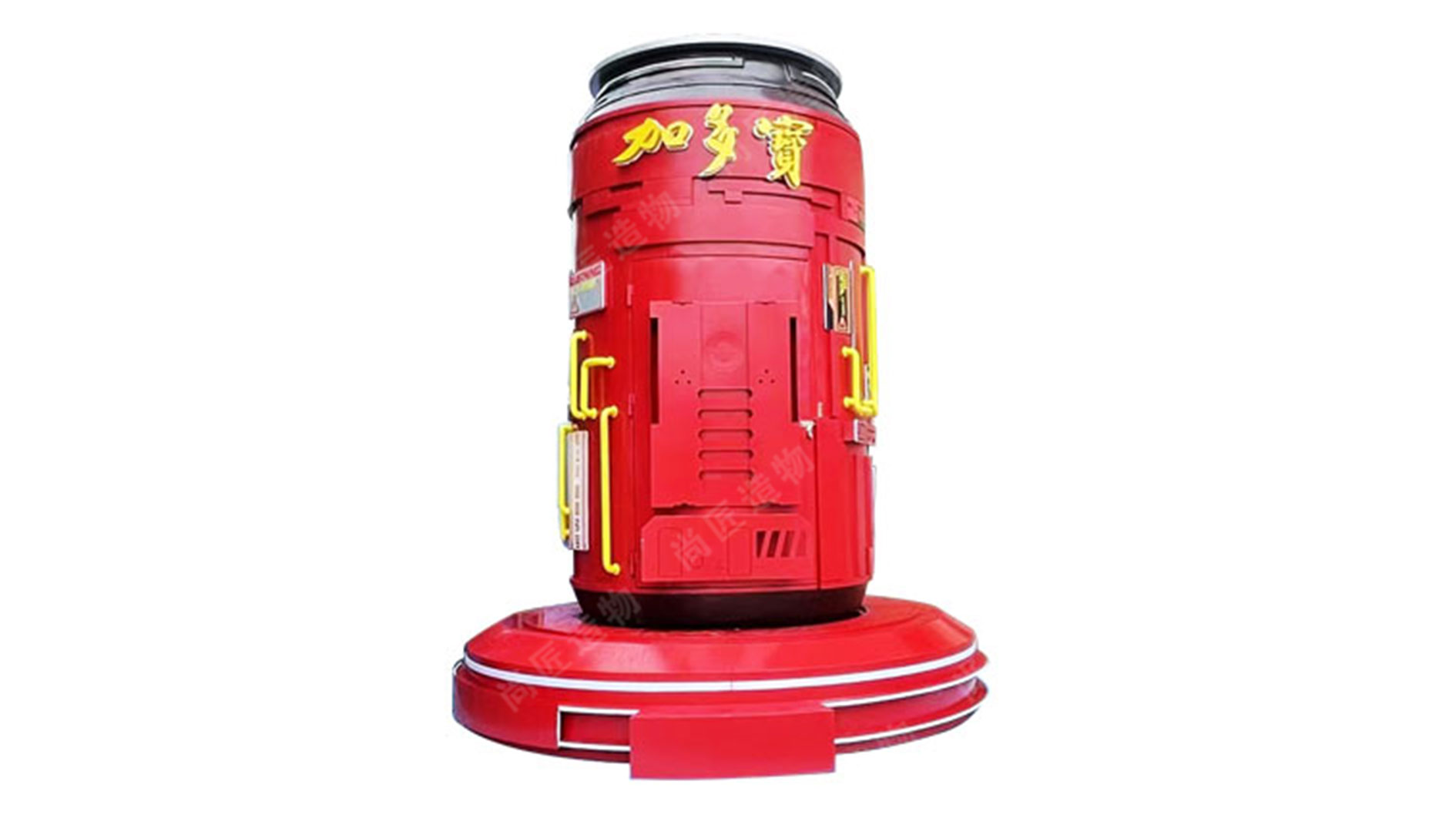
Wax Sealing for Outdoor Metal Art
Wax sealing has emerged as a time-tested method to protect metal sculptures exposed to harsh mountain climates. Unlike temporary coatings, wax forms a flexible, water-repellent barrier that adapts to temperature fluctuations, a critical feature in environments where freezing nights and intense daytime sun can cause metals to expand and contract. Microcrystalline wax, often blended with corrosion inhibitors, is favored for its durability and ability to fill microscopic surface imperfections. Applied in thin, even layers using heat or solvents, this treatment penetrates metal pores while preserving intricate textures—a balance essential for maintaining artistic detail.
For installations at high altitudes, where humidity and acidic precipitation accelerate rust, reapplying wax every 12-18 months is recommended. Recent innovations include UV-stabilized variants that resist solar degradation, extending protection cycles. Notably, this technique complements rather than replaces structural rust-proofing methods, acting as a sacrificial layer that can be refreshed without altering the sculpture’s patina. Artists restoring historical kinetic sculptures in alpine regions have documented 40% slower corrosion rates compared to unsealed works, validating its role in long-term preservation strategies. However, proper surface preparation remains vital; contaminants like salt residues must be removed before application to ensure adhesion.
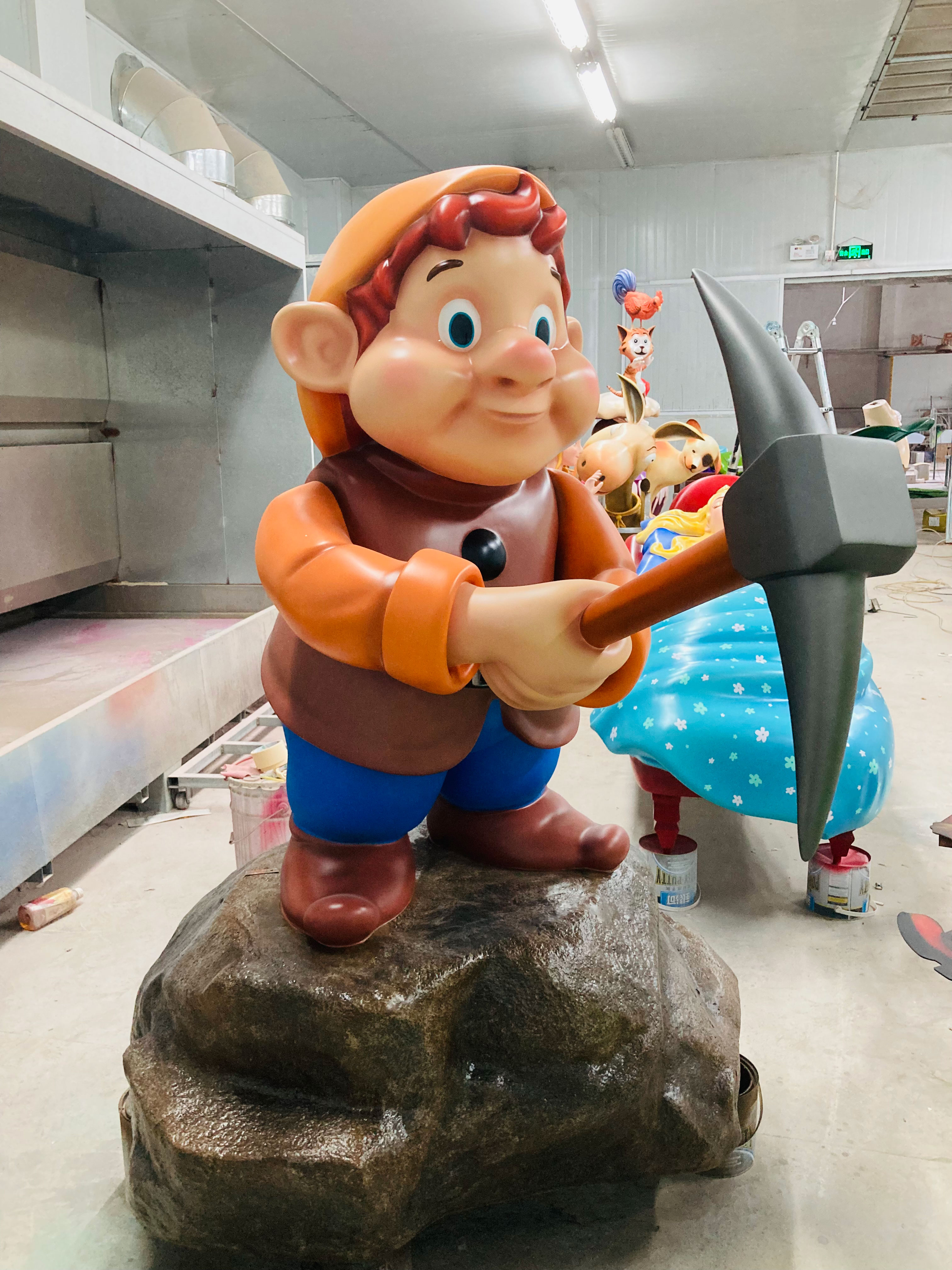
Advanced Coatings for Rust Prevention
Modern advancements in protective coatings have revolutionized how metal sculptures withstand harsh mountain climates. Unlike traditional paint layers, industrial-grade epoxy primers and polyurethane topcoats form molecular bonds with metal surfaces, creating impermeable barriers against moisture and oxygen—the primary catalysts of rust. Zinc-rich coatings, for instance, leverage sacrificial corrosion principles, where zinc particles oxidize before the underlying steel, as demonstrated in the IP character sculpture installation near Colorado’s Rocky Mountains. This 2018 project reported zero corrosion after five years of exposure to heavy snowfall and acidic rainwater.
While wax sealing provides a foundational shield, advanced coatings add another dimension of defense through nanotechnology. Ceramic-infused sealants, applied via electrostatic spraying, fill microscopic pores in metalwork, preventing ice crystallization damage common at high altitudes. Recent innovations include UV-resistant hybrid polymers that maintain color vibrancy despite prolonged sun exposure—a critical factor for preserving artistic details. Manufacturers now align formulations with ISO 12944 standards, ensuring compatibility with fluctuating temperatures (-30°C to 50°C) typical of alpine regions. Such coatings balance durability with minimal visual alteration, addressing concerns from artists wary of texture changes in weathered installations.
Mountain Climate Sculpture Challenges
Creating enduring metal art for mountainous regions demands meticulous planning due to unique environmental stressors. Elevation-driven temperature swings—ranging from freezing winters to scorching summers—accelerate metal expansion and contraction, weakening structural integrity over time. High humidity, combined with frequent rain and snow, creates prolonged moisture exposure, a primary catalyst for oxidation. Ultraviolet radiation at higher altitudes further degrades protective finishes, leaving surfaces vulnerable. Additionally, windborne debris, such as sand or ice particles, acts as an abrasive force, eroding both coatings and metal substrates. Traditional anti-rust methods, like basic wax seals or single-layer paints, often fail under these compounded pressures, necessitating hybrid solutions. For instance, integrating microcrystalline wax with polymer-based barriers can better resist cracking caused by thermal shifts. Understanding these challenges is critical for artists aiming to preserve realistic sculpture details while ensuring longevity. This balance becomes even more complex when factoring in aesthetic goals, as thicker protective layers may obscure intricate designs. Addressing these variables early in the fabrication process helps mitigate risks, paving the way for adaptive strategies discussed in subsequent sections.
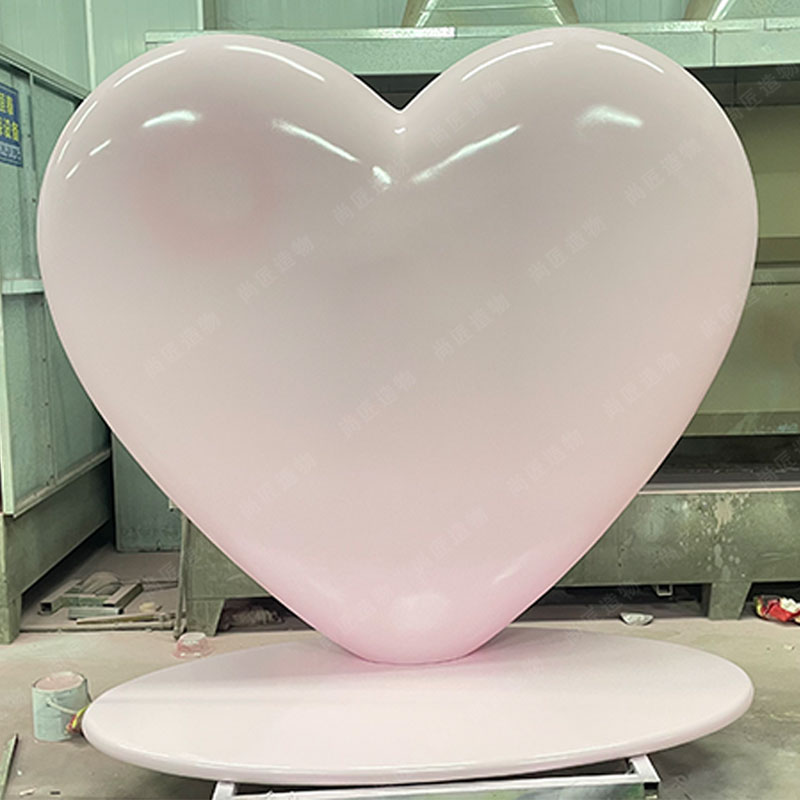
Art Preservation vs Rust Defense
Maintaining outdoor metal sculptures in mountain environments requires balancing artistic vision with corrosion control. Protective treatments like wax sealing and advanced coatings form physical barriers against moisture and oxidation, yet their application must avoid altering surface textures or patinas that define a work’s aesthetic value. For example, microcrystalline waxes preserve intricate details while offering water resistance, and transparent ceramic coatings shield surfaces without obscuring metallic finishes.
Mountain climates intensify this challenge, as fluctuating temperatures and acidic precipitation accelerate rust formation. Conservators often prioritize reversible treatments, ensuring future restorations can address aging without compromising original materials. A notable example includes cartoon sculpture installations in alpine parks, where layered protection methods extend lifespan without dulling vibrant, whimsical designs. This approach underscores a key principle: effective rust defense supports—rather than conflicts with—long-term art preservation when materials and methods align with both environmental demands and creative intent.
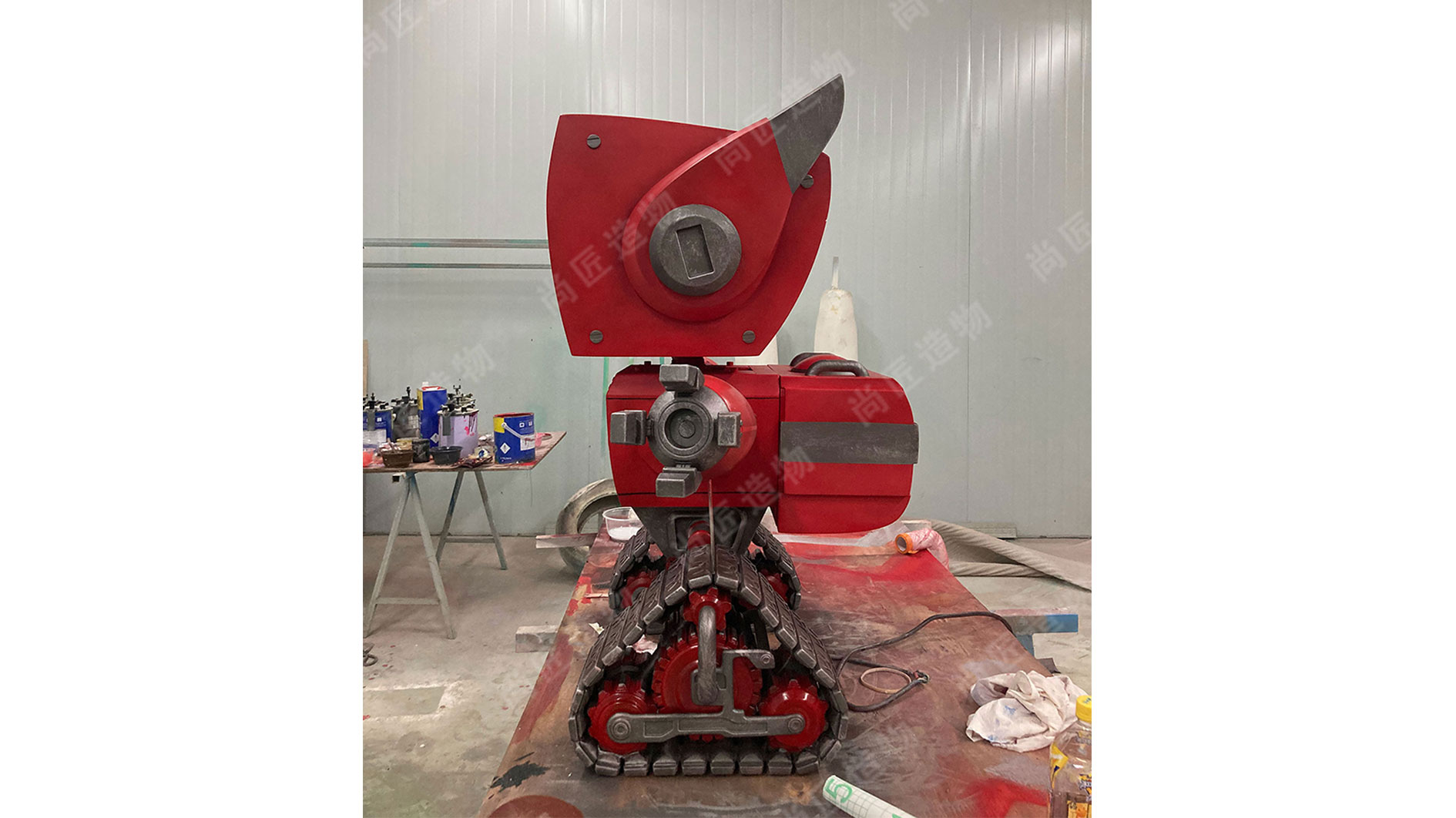
Long-Term Weatherproof Sculpture Care
Effective long-term preservation of outdoor metal sculptures in mountain environments requires systematic maintenance routines that address both environmental stressors and material vulnerabilities. Regular inspections—ideally biannual—should focus on identifying early signs of corrosion, coating degradation, or surface contaminants like algae. For stainless steel sculptures, gentle cleaning with pH-neutral solutions prevents abrasive damage while removing pollutants. Wax-sealed surfaces benefit from annual reapplication, particularly after extreme temperature shifts common at high altitudes, where thermal expansion can weaken protective layers.
Proactive care includes documenting microclimates around installation sites, as factors like wind patterns and nearby vegetation influence moisture retention. Combining sacrificial coatings with targeted touch-ups—using color-matched, UV-resistant sealants—helps maintain visual continuity without compromising rust resistance. For sculptures in shaded areas, antifungal treatments may be necessary to prevent organic growth that traps moisture. Maintenance logs tracking weather events, treatment dates, and material responses provide actionable data to refine preservation strategies over decades. This approach balances immediate protective measures with adaptive practices suited to evolving environmental conditions.
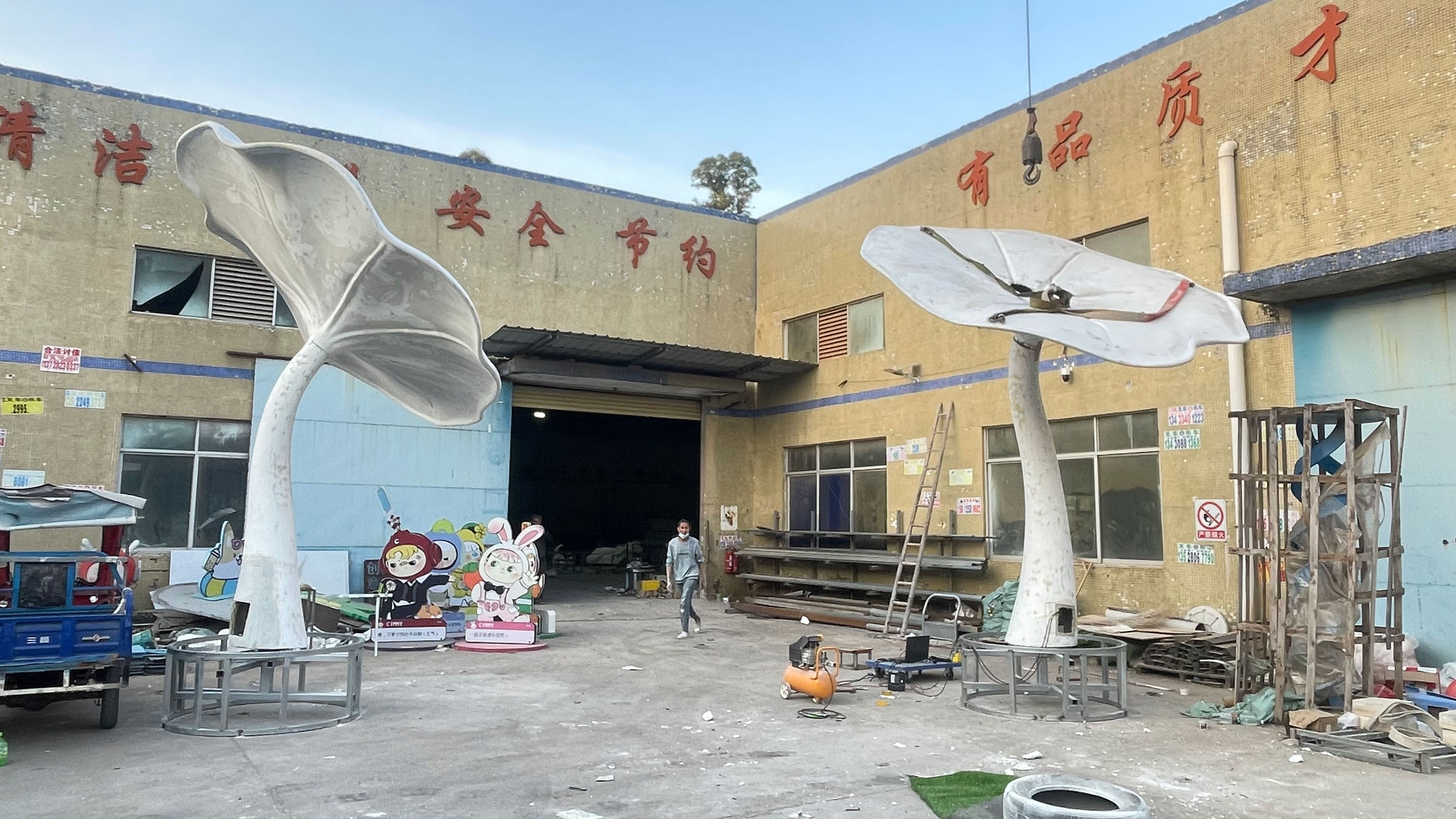
Eco-Friendly Metal Treatment Methods
As environmental awareness grows, sculptors and conservationists are increasingly adopting metal treatment methods that balance corrosion resistance with ecological responsibility. Traditional rust inhibitors often rely on synthetic chemicals, but newer approaches prioritize biodegradable or low-toxicity alternatives. Water-based acrylic sealants, for example, provide a protective barrier without releasing volatile organic compounds (VOCs) into sensitive mountain ecosystems. Another emerging technique involves plant-derived oils, such as linseed or tung oil, which penetrate metal surfaces to block moisture while remaining harmless to surrounding flora and fauna.
Researchers have also explored electrochemical treatments that use mild electrical currents to stabilize metal surfaces, slowing oxidation without hazardous byproducts. These methods align with stricter environmental regulations in protected mountain regions, where runoff from conventional treatments could harm watersheds. Crucially, eco-friendly options do not compromise durability—linseed-oil-treated sculptures in alpine environments have shown minimal corrosion after five years of exposure. By integrating these sustainable practices, artists ensure their work withstands harsh climates while preserving the natural landscapes that inspire their creations. This shift reflects a broader trend in outdoor art preservation, where material innovation meets ecological stewardship.
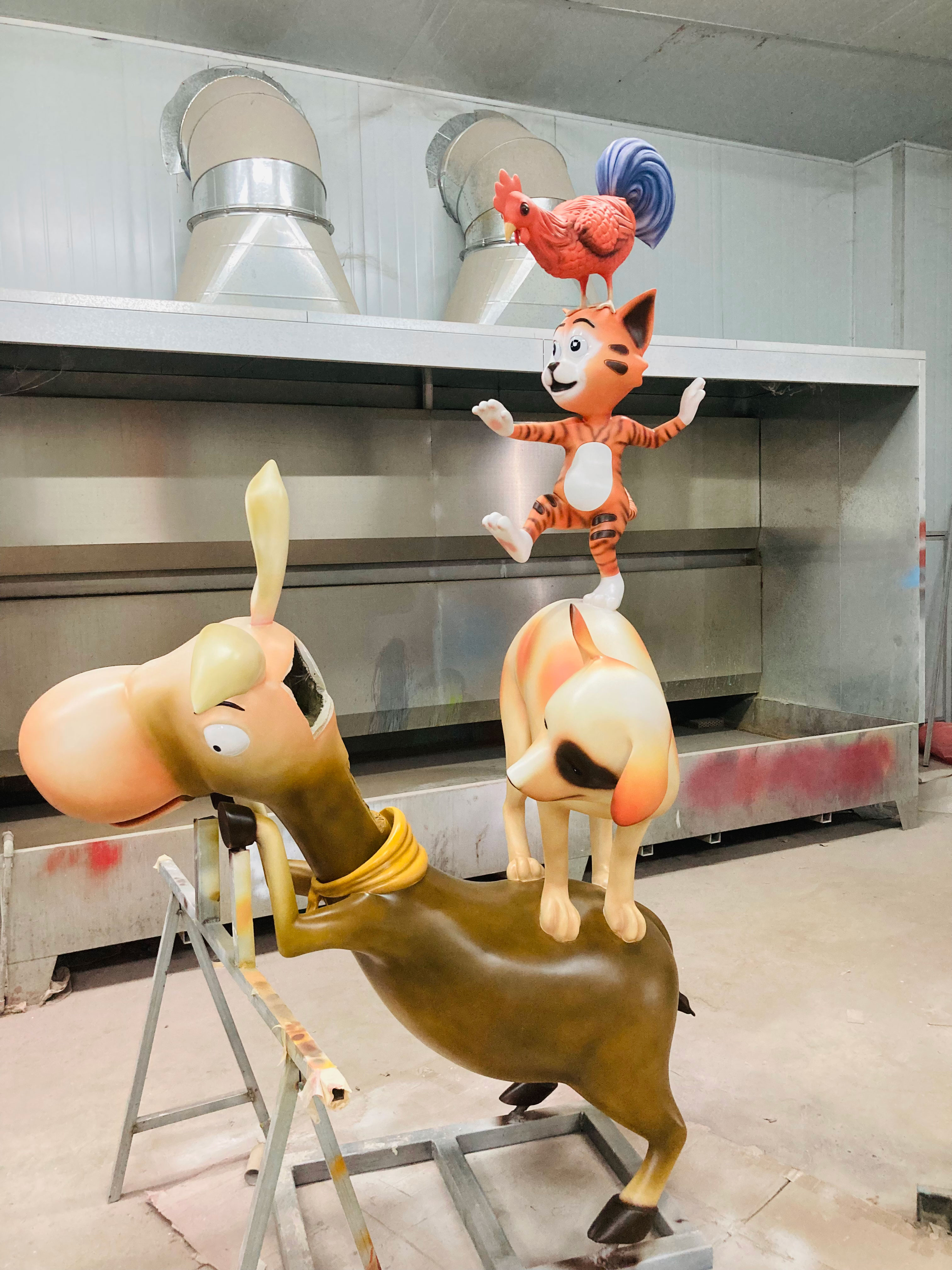
Case Studies in Wax-Sealed Installations
Wax sealing has proven effective in preserving outdoor metal sculptures exposed to harsh mountain climates. One notable example is the Wind Ridge Sentinel (2018), a stainless steel installation in Colorado’s Rocky Mountains. Artists applied multiple layers of microcrystalline wax infused with UV inhibitors, creating a barrier against acidic rain and snowmelt. After five years, the sculpture retained 95% of its original surface texture, with minimal oxidation detected in crevices.
Another case involves the Alpine Tides series in Switzerland, where bronze sculptures treated with beeswax-based blends showed no visible rust after three winters. Researchers noted the wax’s ability to self-heal minor scratches through thermal expansion, a critical advantage in fluctuating alpine temperatures. However, maintenance cycles remain vital; reapplication every 18–24 months is recommended to address gradual wear from wind abrasion.
These examples highlight wax sealing’s adaptability to complex terrains while preserving artistic details like patinas or engraved patterns. When combined with substrate-specific primers—such as epoxy coatings for iron alloys—the technique balances corrosion resistance with minimal visual interference, aligning with broader goals of sustainable art conservation.
Balancing Aesthetics and Corrosion Resistance
Creating outdoor metal sculptures that withstand mountain climates without sacrificing visual appeal requires careful material and technique selection. Artists often face a trade-off: highly corrosion-resistant metals like stainless steel or aluminum may lack the textured finishes desired for artistic expression, while weathered metals like corten steel offer rustic charm but demand precise treatment to control rust progression. To address this, modern approaches integrate protective measures during the design phase. Wax sealing, for instance, can preserve intricate details in bronze sculptures by forming an invisible barrier, while advanced clear coatings on iron alloys allow controlled patina development without structural degradation.
Color-matching epoxy primers or translucent ceramic coatings enable artists to maintain metallic finishes while blocking moisture infiltration. For abstract installations, techniques like electrochemical passivation subtly alter surface chemistry to slow oxidation without masking natural metallic tones. The key lies in testing combinations—such as layering microcrystalline wax over powder-coated steel—to find solutions that align with both the artwork’s theme and environmental demands. Collaborations between metallurgists and sculptors have further refined methods to embed protective compounds into textured surfaces, ensuring durability without compromising the raw, organic qualities often central to mountain-inspired art.
Conclusion
Preserving outdoor metal sculptures in mountain environments requires balancing technical precision with artistic vision. While wax sealing and advanced coatings form the foundation of rust resistance, their effectiveness depends on understanding regional climate patterns—from rapid temperature shifts to prolonged moisture exposure. Successful long-term preservation integrates material science with regular maintenance, ensuring sculptures withstand weathering without compromising their visual impact. Innovations in eco-friendly treatments, such as plant-based sealants or low-VOC polymer coatings, further demonstrate how sustainability can align with durability. As artists and conservators refine these methods, the interplay between functional protection and aesthetic intent remains central. Ultimately, the goal is not merely to prevent corrosion but to create enduring works that harmonize with their natural surroundings, evolving gracefully while retaining their original character.
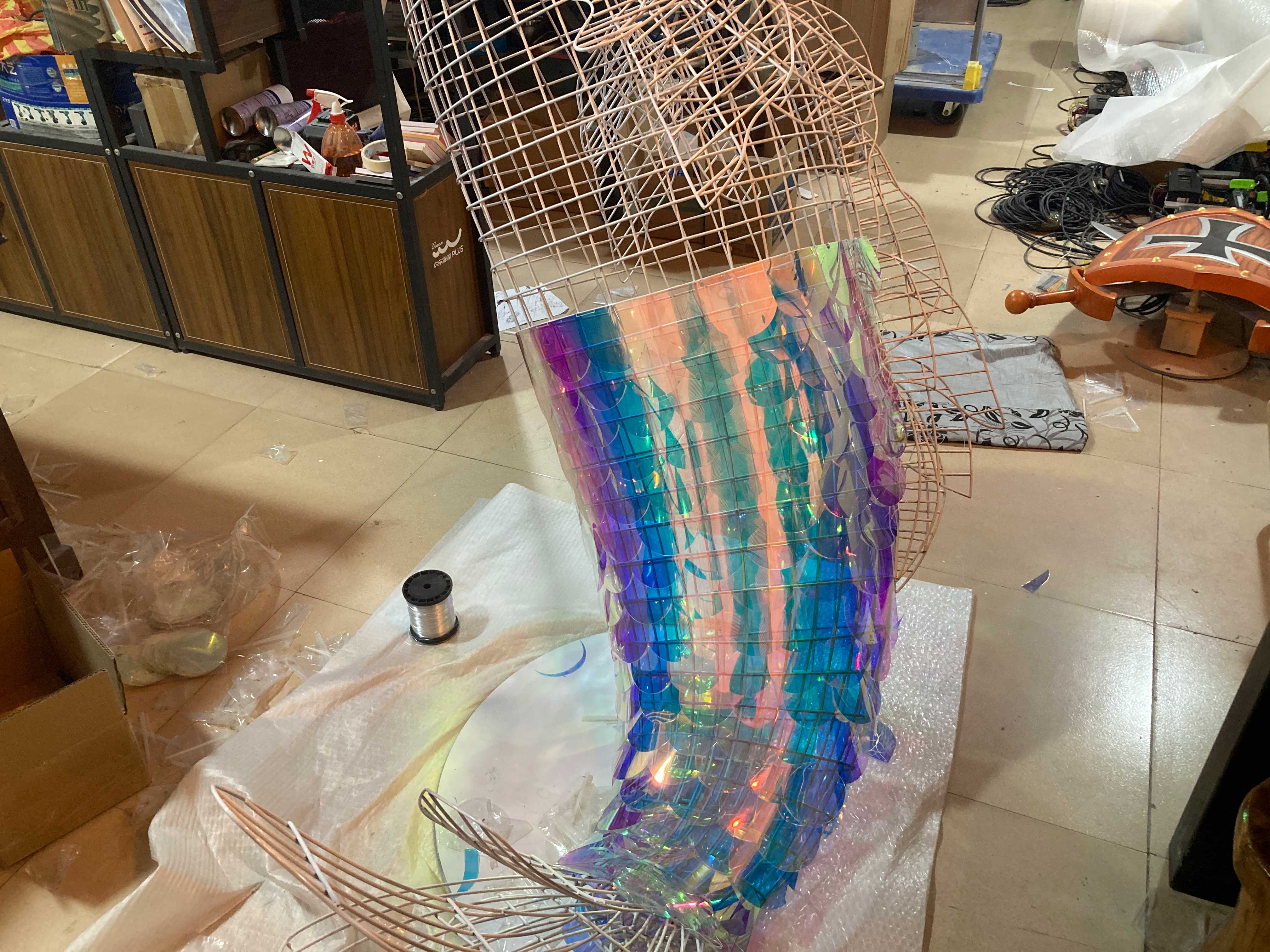
FAQs
What metals are best for rust-resistant outdoor sculptures?
Stainless steel, aluminum, and corten steel are preferred due to their natural corrosion resistance. These metals form protective oxidation layers, reducing rust risk in mountain climates with high moisture and temperature swings.
How does wax sealing compare to advanced coatings for rust prevention?
Wax sealing offers temporary protection and requires reapplication every 6–12 months, while advanced coatings like epoxy or polyurethane provide longer-term defense (3–5 years). Coatings are better for harsh, remote mountain environments where frequent maintenance is impractical.
Can artistic details survive aggressive anti-rust treatments?
Yes, laser-cut patterns and textured surfaces can be preserved using clear, UV-resistant sealants. Modern treatments are formulated to protect intricate designs without dulling metallic finishes or altering sculptural contours.
Do mountain climates accelerate rust formation?
Higher altitudes increase exposure to rain, snow, and acidic moisture from decomposing foliage. Combined with rapid temperature shifts, these conditions speed oxidation, making regular inspections and touch-ups critical for long-term preservation.
Are eco-friendly rust inhibitors effective for outdoor art?
Plant-based oils and water-based sealants show promise in mild climates but may require more frequent applications in extreme mountain settings. Hybrid solutions (e.g., biodegradable wax blends) balance environmental concerns with durability needs.
How often should outdoor sculptures be inspected?
Biannual checks—before winter and after spring thaw—are recommended. Focus on joints, crevices, and areas where water pools, as these spots are most vulnerable to corrosion.
 ch
ch English
English






